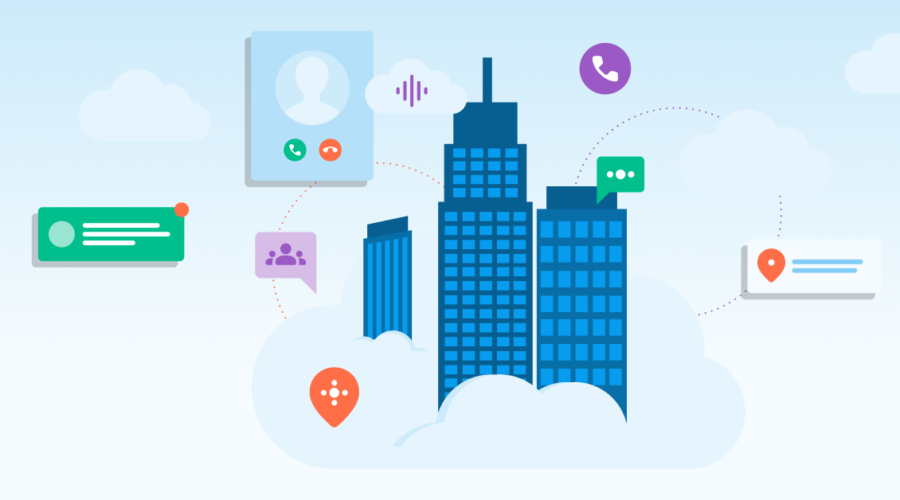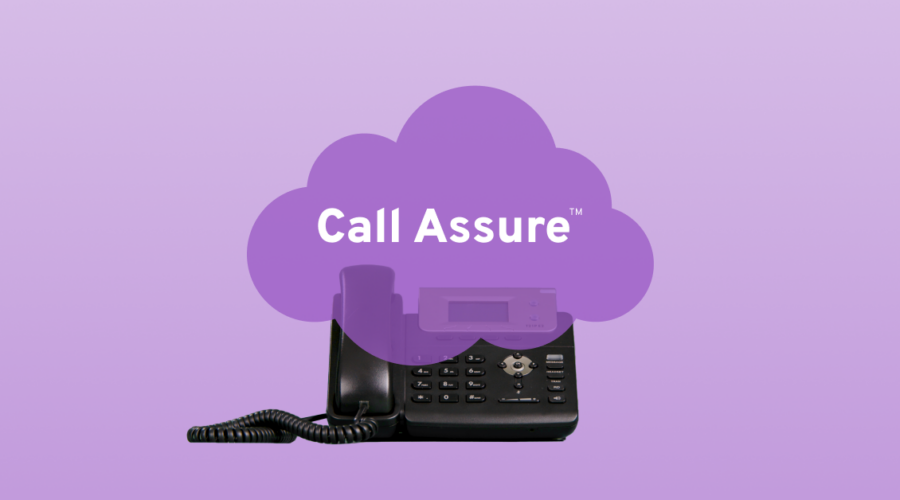Remember the last time you had surgery and your insurance refused to cover the costs, leaving you with a big bill to dispute? Or, when you needed to freeze your credit cards while traveling abroad?
“Let me shoot customer service an email and wait patiently for their response in 1-2 business days.”
Or
“Let me wait for the live agent to join the chat despite experiencing higher than normal volumes and type at supersonic speed.”
Said nobody ever.
When things go terribly wrong, our first instinct is to get on a call with customer service and sort out the mess. We reach for the 800 numbers (in the U.S.) like our life depends on it.
Toll-free is an important link in the consumer value chain.
Why does toll-free continue to live on?
Indeed why–when all other forms of communication have transformed, often beyond recognition, in the past couple of decades?
It ties back to the basic advantages of a toll-free number:
- Near instant access: Toll-free numbers can give consumers immediate access to the business when they need it the most. 68% of consumers prefer to dial in when they face a problem or need help.[1]
- Brand equity: One toll-free number offers nationwide coverage. Having a recognizable number associated with a business that consumers can dial locally from anywhere in the country conveys a level of dependability and trustworthiness.
- Resilience: If all other digital systems fail, consumers call the business. Toll-free numbers transcend digital failures.
- Flexibility: Toll-free offers a lot of flexibility because the call can get rerouted on the fly versus a local number that’s tied to a local provider.
- Path of least resistance: Consumers bear no cost to call a business via toll-free, making the consumer touchpoints seamless.
Clearly, for mission-critical conversations, toll-free is the way to go. If you want human contact with consumers, toll-free is the easiest way to go.
But network disruptions get in the way
Over 42 MILLION toll-free numbers are now in use throughout the U.S., Canada, and parts of the Caribbean.[2] At this scale of operation, disruptions are inevitable.
Let’s consider that the U.S. toll-free calls originate from across the country. They start in local markets at the edge of massive Tier 1 networks. And these networks can face disruptions–from anything at the scale of a telephone pole breaking down to a major disaster that takes their core network out.
In an Open Gear survey, 50% of CIOs reported that their businesses have recorded financial losses due to increased network downtime in the last couple of years.[3] Per Uptime’s 2022 Data Center Resiliency Survey, networking-related problems have been the single biggest cause of all IT service downtime incidents–regardless of severity–in these years.[4]
Disruption events can be man-made too. Worldwide cyber advances aside, DDoS attacks increased by 14% in 2019-2021[5] and cost organizations, on average, $20-40K USD an hour. [6]
How to protect your toll-free traffic against disruptions?
With as many layers of network redundancy as possible. When it comes to the highly uncertain nature of network disruptions, you can never have too many redundancies.
Tier 1 network providers often have a robust network i.e. a geographically redundant core. They also offer redundancies at the local network element level. Even so, they are vulnerable to extraordinary disruptions which are increasing in frequency lately. We’ve seen undetected bugs, major man-made disasters, and cyber attacks–all causing notable outages in multiple networks at once, recently.
No wonder, 83% of respondents of an Open Gear survey reported network resiliency as their number one concern.[6]
Traditionally, most businesses juggle multiple providers, using one as the backup for another when a network goes down. But this can be tricky. With this approach, they have to:
- Devote time and personnel to manage multiple providers
- Set up and activate alternate routing when the disruption occurs
- Be at the mercy of network providers for fast switching during a crisis
- Be limited to 2 or 3 layers of redundancy
- Proactively manage capacity across providers to make sure that fallback providers can handle the traffic if one of the networks goes down
Some disaster recovery providers go a step ahead and package multi-threadedness into a single relationship. They:
- Aggregate multiple carrier relations for you
- Allow you to create pre-set disaster templates
- But entrust you to manage the routing
It reduces some of the complexity but comes with its caveats:
- You are still very much doing the legwork during disruptions
- These may be toll-free aggregators who cannot trace the provenance of the disruption in their partner networks
- They likely don’t account for extraordinary disruptions that can take out stable Tier 1 core networks
The ideal solution would offer the strongest, most versatile toll-free fallback, without adding to your telecomplexity.
Can one provider rule them all?
Reliability is not just about avoiding disruptions. It’s a sustained network philosophy that reduces network choke points as the network builds and grows. Bandwidth looks at it as a 2-stage architecture:
- Multi-threaded core: A strong geo-redundant toll-free network core, which excels at network resiliency (99.999% uptime) and has direct-to-core built-in redundancies to easily bypass edge disruptions.
- Core disaster recovery: A sophisticated toll-free disaster recovery solution that routes traffic around the core in case of extraordinary disruptions.

Bandwidth’s Toll-Free network core
Bandwidth’s Toll-Free network core has our signature built-in, managed 5x-carrier redundancy.
To make it work, we have:
- An owned and operated, geo-redundant toll-free network reaching 120+ U.S. markets and growing
- 5x direct-to-core carrier redundancy through four additional major toll-free carriers in the U.S.
- Fully managed network monitoring and routing management in case of an outage in any of the networks
- Toll-free management through Bandwidth as your RespOrg.

If and when a disruption occurs in one of the networks, we reroute the traffic to an alternative provider with no interruption to your toll-free calls. That’s 5x carrier redundancy from a single provider relationship, completely hands-free for you.
Our partnerships also allow us to send a call from the originating provider, offering the highest quality at the lowest cost for toll-free calls.
Bandwidth’s toll-free disaster recovery solution–Call AssureTM
Call Assure is your dome of protection against unprecedented disruptions that can potentially cripple your consumer communications. It is over and above our standard 5x carrier redundancy and protects your traffic in case of core disruptions–should you choose to add it on.
Call Assure is designed to serve enterprises looking for simplicity and efficiency with complete peace of mind for their toll-free. In the event of an extraordinary disaster–like a major natural calamity–that impacts the core, we route your traffic bypassing the core to the Call Assure platform with no effort from you.
With Call Assure:
- Your mission-critical toll-free traffic is safeguarded against the worst
- Your toll-free disaster/disruption recovery is completely hands-off
- Bandwidth monitors and manages traffic continuously on your behalf
- We become your RespOrg (we’re one of the largest in the U.S.)

Call Assure doesn’t require you to be the RespOrg, manage multiple provider relationships or monitor and reroute toll-free traffic. Bandwidth adjusts its routing templates nearly a thousand times annually, for anything from a small impairment in local markets to major outages. Since we power so many large brands’ toll-free traffic we get visibility into anomalies in particular markets that companies monitoring their own traffic wouldn’t have insight into.
Call Assure removes the burden of toll-free fire drills from enterprises, offering a scalable solution that allows you to focus on what your business does best.
Enjoy real peace of mind
With Bandwidth as your toll-free provider+RespOrg and Call Assure as your disaster recovery solution, you’ll have all the advantages of redundancy, cost-savings, and control—without the hassle of responsibility. We have our own toll-free network which keeps us competitive from a price and quality perspective. Our 5x carrier redundancy makes us resilient at the edges of our core, with the ability to route around the core with Call Assure.
It gives enterprises the confidence that even though they have a single source provider, it’s actually not a single network that they are relying on, it’s all of their most trusted networks. And then some.
Take back your toll-freedom
Turn on cruise control with Bandwidth’s 5x carrier redundancy, global reach, and RespOrg capability.




